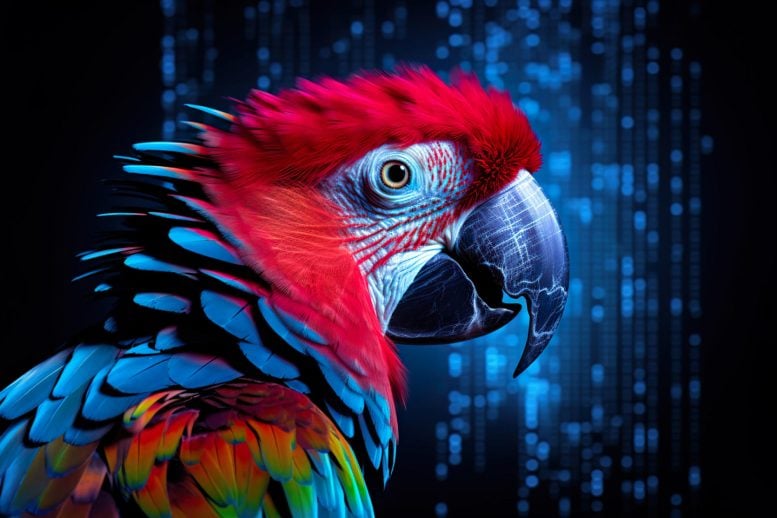
Researchers extracted ancient DNA from Caribbean parrots, comparing it with modern bird genetics and revealing that two supposedly island-specific species had a more extensive range. This evidence illuminates the massive endangerment of parrots, showing that human interaction, including trading and relocation over thousands of years, has obscured understanding of their natural habitats and historical distributions.
A recent study published in PNAS reveals that researchers have successfully retrieved ancient DNA from Caribbean parrots. By comparing this DNA with sequences from contemporary birds and examining fossils and archaeological samples, the team determined that two species, previously believed to be native to specific islandswere once more widespread and diverse.
The results help explain how parrots rapidly became the world’s most endangered group of birds, with 28% of all species considered to be threatened. This is especially true for parrots that inhabit islands.
On his first voyage to the Caribbean in 1492, Christopher Columbus noted that flocks of parrots were so abundant they “obscured the sun.” Today, more than half of parrot species in the Caribbean have gone extinct, from large particolored macaws to a parrotlet the size of a sparrow.
Biologists attempting to conserve the remaining parrot species are stymied by how little is known of their former distributions. This is due, primarily, to their complicated history with humans.
“People have always been obsessed with parrots,” said lead author Jessica Oswald, a senior biologist with the U.S. Fish and Wildlife Service Forensics Lab. “Indigenous peoples have moved parrots across continents and between islands for thousands of years. Later, European colonists continued that practice, and we’re still moving them around today.”
Centuries of exchange and trade have made it difficult to know how parrots wound up where they are now. Half of the 24 parrot species that currently live in the Caribbean were introduced from other areas, and it’s unclear whether native parrots evolved on the islands they inhabit or were similarly transported there.
Fortunately, their popularity with humans means parrots are occasionally found in archaeological sites as well. Their bones have been recovered from refuse piles — called middens — alongside shells, fish bones and other scraps from previous meals.
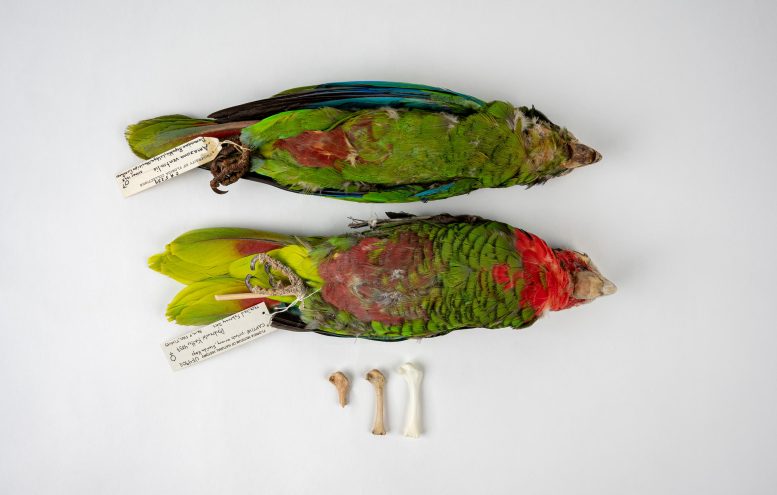
The authors pieced together the long history of parrots in the genus Amazona, focusing on two species — the Cuban (A. leucocephala) and Hispaniolan (A. ventralis) parrots — for which they could obtain ancient DNA samples. Credit: Kristen Grace
“There are records of parrots being kept in homes, where they were valued for their feathers and, in some cases, potentially as a source of food,” said senior author Michelle LeFebvre, curator of South Florida Archaeology and ethnography at the Florida Museum of Natural History.
Parrots also have an uncharacteristically good fossil record in the Caribbean, compared with other tropical regions. However, specimens are rarely found intact. More often, their bones are broken or isolated, and it’s not always possible to determine which species they belong to.
DNA can provide unequivocal answers where physical comparisons fall short, and co-author David Steadman was eager to see if they could extract any residual genetic material preserved in bone tissue. Oswald — who worked as a graduate student and postdoctoral associate at the Florida Museum — had recently completed a proof of concept, in which she successfully sequenced the first DNA from an extinct Caribbean bird that had been preserved in a blue hole for 2,500 years. Using the same methods, she later discovered that an extinct flightless bird from the Caribbean was most closely related to similarly bygone, ground-dwelling birds from Africa and New Zealand.
“For me, the single most satisfying thing about this project is we can use fossils in ways that weren’t even imaginable when they came out of the ground,” said Steadman, a retired curator of ornithology at the Florida Museum.
The authors pieced together the long history of parrots in the genus Amazona, focusing on two species — the Cuban (A. leucocephala) and Hispaniolan (A. ventralis) parrots — for which they could obtain ancient DNA samples.
Of the two, Cuban parrots are currently the most widespread, with isolated populations in Cuba and on a few islands in the Bahamas and Turks and Caicos. They’re one of the only native parrots in the region not in imminent danger of extinction.
The Hispaniolan parrot has had a harder time adapting to human-wrought changes. It’s listed as vulnerable to extinction on the International Union for Conservation of Nature’s Red List and is entirely endemic to its eponymous island.
Most of the fragmentary fossils collected outside of Hispaniola and Puerto Rico were consequently identified as belonging to the more common Cuban parrots. But when the DNA results came back, they told a different story. The fossils from the Bahamian paleontological sites were actually from Hispaniolan parrots, indicating that this species formerly had a range that extended up through the Bahamas before human arrival to the islands.
Similarly, the results indicate that Cuban parrots once inhabited the largest island in the Turks and Caicos, from which they are now absent.
“One of the striking things about this study is the discovery of what could be considered dark extinctions,” LeFebvre said. “We’re learning about diversity we didn’t even know existed until we took a closer look at museum specimens.”
Bones from archaeological sites in the Turks and Caicos and from Montserrat — an island far to the south in the Lesser Antilles — were also determined to be from Hispaniolan parrots. These had likely been transported there by humans, and the species is no longer present on the islands.
According to Oswald, knowing where species once thrived — both naturally by their own devices and artificially with the aid of humans — is the first step to conserving what’s left of their diversity.
“We have to think about what we consider to be natural,” she said. “People have been altering the natural world for thousands of years, and species that we think are endemic to certain areas might be the product of recent range loss due to humans. It takes paleontologists, archaeologists, evolutionary biologists, and museum scientists all working together to really understand the long-term role of humans on diversity change.”
Reference: “Changes in parrot diversity after human arrival to the Caribbean” by Jessica A. Oswald, Brian Tilston Smith, Julie M. Allen, Robert P. Guralnick, David W. Steadman and Michelle J. LeFebvre, 25 September 2023, Proceedings of the National Academy of Sciences.
DOI: 10.1073/pnas.2301128120
Brian Smith of the American Museum of Natural History, Julie Allen of Virginia Tech, and Robert Guralnick of the Florida Museum of Natural History are also co-authors on the study.
The study was funded by the National Science Foundation.

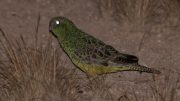
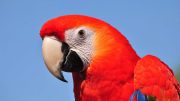
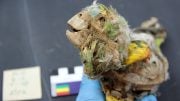
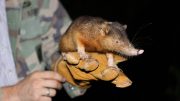
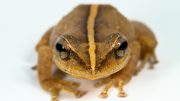
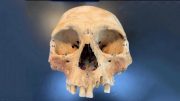
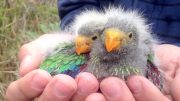
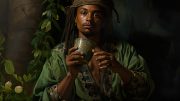
Be the first to comment on "Unlocking the Parrot’s Past: Ancient DNA Reveals Unexpected Extinctions in the Caribbean"